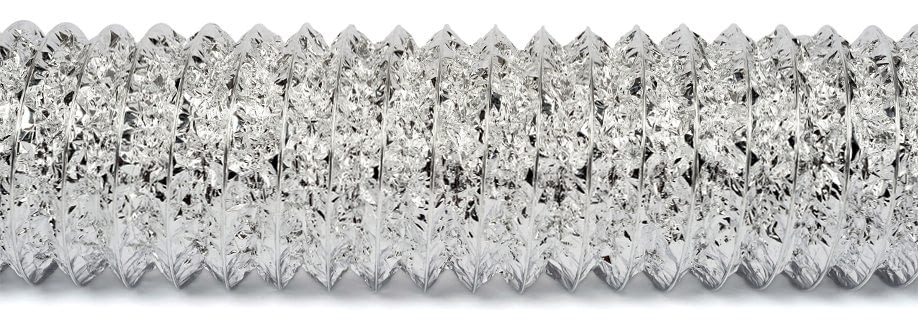

Choose the right venting system
Just as clogged lint filters can overheat and combust, lint can also build up in the dryer and ductwork of the ventilation system. For example, bends in the ductwork reduce airflow, leading to lint accumulation. That’s why it’s important for ductwork to be constructed properly and the dryer and ductwork to be cleaned occasionally by a qualified service professional.
The Association of Home Appliance Manufacturers recommends that clothes dryer vents be constructed of rigid sheet metal or corrugated semi-rigid sheet metal; they should never be plastic. Also, lint is more likely to accumulate and combust in coiled-wire foil or plastic venting material. And ductwork should be vented directly to the outdoors, not to attics or crawl spaces, to reduce the chance of fire spreading throughout a home.
Know what to air-dry
Whether you’ve cleaned up cooking oil with a towel or spilled gasoline on a rag, those items are on the list of what not to place in a clothes dryer, according to the U.S. Fire Administration. Those items can go through the clothes washer but find a well-ventilated place for them to air-dry. Homeowners should also avoid placing anything with foam, rubber, or plastic inside the dryer. That includes tennis shoes and foam-backed rugs.
Suspect something’s wrong?
Dryer performance is a good indication of whether or not a problem has developed. If clothes begin taking longer than usual to dry or are warmer than usual at the end of the drying cycle, the ventilation system may be clogged.
To learn more about preventing clothes dryer fires at home, check out the U.S. Fire Administration’s 2012 report or request a copy of the clothes dryer safety brochure from the Association of Home Appliance Manufacturers at info@aham.org.
Filed Under: Blog, Home Insurance, Homeowners Insurance | Tagged With: fire safety, laundry vent

